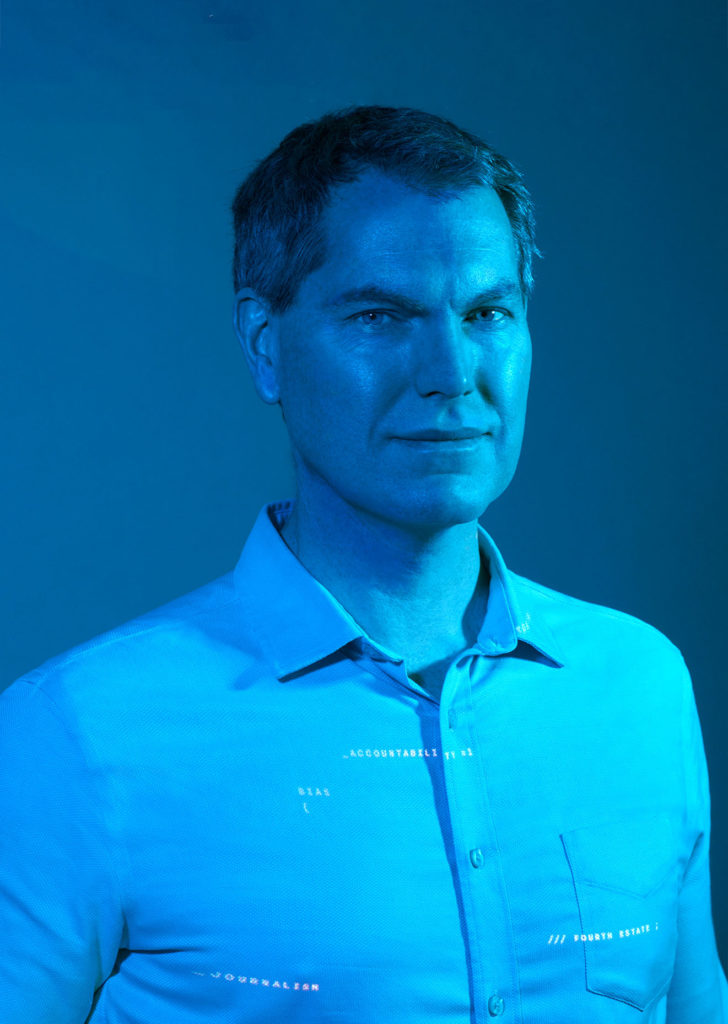
Duncan Watts is sitting in his home office, surrounded by spare walls, a skylight, a potted plant, and squealing children in the next room. He’s talking about what it would be like to be a God — not at all in a megalomaniacal sense, but for research purposes. “Let’s imagine you were a very naive God,” Watts is saying. “You can consume any amount of information, but you believe everything you read. What would you think? What would your impression of the world be?”
This isn’t a question purely in the realm of make-believe. It forms the basis of Watts’s work with the Penn Media Accountability Project, his research initiative at Penn’s Computational Social Science Lab in partnership with Analytics at Wharton that’s seeking to better understand bias in the media — by thinking both about which stories publications choose to cover and how they frame them — and its impact on the rest of us. If everything goes Watts’s way, PennMAP, as it’s known, could end up being a kind of self-appointed ombudsman for the entire fourth estate — something Watts believes is long overdue. The mainstream media, he says, “haven’t received so much focus in the research community, because everybody in the ‘fake news’ research world treats them as if they only ever tell the truth.” He isn’t so sure. “I think it’s important to hold them accountable as well,” he says. “They’re very big on holding other people accountable but much less enthusiastic about being held to account themselves.”
It can be a slightly risky proposition these days to criticize the mainstream media — democracy dies in darkness, remember? — but Watts isn’t speaking out as a crank. (Although he is arguably cranky: When he mentions getting the New York Times in print each morning, he can’t resist adding that he finds it “equal parts indispensable and infuriating.”) His perspective mostly comes from the belief that the media is an essential component of civil society, which is all the more reason to analyze and understand its impact.
He does have the next best thing, though: data — many, many terabytes’ worth. Every single show and advertisement broadcast on television going back to 2012? Watts has it, courtesy of TVEyes, a media monitoring firm. He’s got a similar set of data for news articles published on the web — everything from so-called “pink slime” publications trafficking in disinformation and lies to the Washington Post and the Wall Street Journal. He’s got individual-level television-and-web-viewing stats from Nielsen and data on over 10 million YouTube videos. He’s got every single Facebook link that was publicly shared more than 100 times in recent years.
It’s a “staggering” amount of data, he says, “way more than we could ever use ourselves.” Which is exactly why Watts is hoping to turn PennMAP into a resource full of wide-ranging, constantly regenerating data — a kind of media telescope that will allow academics everywhere to systematically examine what news publishers churn out over any given period. “We’ve spent years and lots of money building this data infrastructure that nobody else would want to build, because it takes years and lots of money,” Watts says. Once it’s completed, though, he adds, “The marginal cost of the next research project becomes very low.”
Continue reading at Wharton Magazine.
